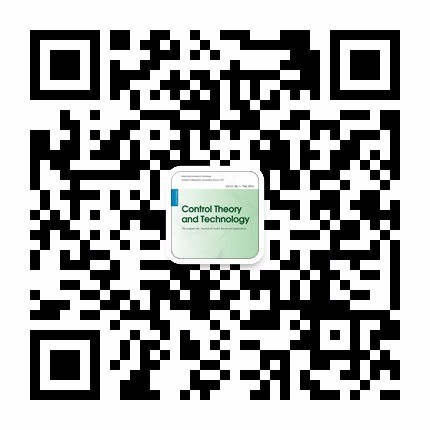| 摘要: |
|
| 关键词: |
| DOI: |
| Received:March 10, 2009Revised:July 10, 2009 |
| 基金项目:This work was partly supported by K. C.Wong Magna Fund in Ningbo University, K. C.Wong Education Foundation, Hong Kong, the Natural Science Foundation (NSF) of China (No. 60874020), the Scientific Research Foundation for the Returned Overseas Chinese Scholars, State Education Ministry, and NSF of Ningbo City (No. 2010A61013). |
|
| Adaptive tracking control of an MEMS gyroscope with H-infinity performance |
| Wenlei LI,Peter X. LIU |
| (School of Information Science and Engineering, Ningbo University;Department of System and Computer Engineering, Carleton University) |
| Abstract: |
| Microelectromechanical systems (MEMSs) pose unique measurement and control problems compared with conventional ones because of their small size, low cost, and low power consumption. The vibrating gyroscope is one of those MEMS devices that have significant potential in many industry applications. When the MEMS gyroscope system is considered simultaneously with the coupling terms, the exogenous disturbances and the parameter variations, the controller design of this system becomes very challenging. This paper investigates the primary control problem of a perturbed vibrating MEMS gyroscope. A nonlinear robust adaptive control scheme is proposed for the drive axis of a vibrating MEMS gyroscope. By combining the dynamic surface control (DSC) method with the H-infinity disturbance attenuation technique, a simpler systematic design procedure is developed. The derived H-infinity controller has a simplified structure, and it can drive the drive axis to resonance, regulate the output amplitude of the drive axis to a desired value, and attenuate the generalized disturbances. The features of the derived controller are discussed and illustrated by the simulation of a closed-loop system. The analysis and simulation show that the obtained controller possesses good adaptability and robustness to system uncertainties. |
| Key words: MEMS gyroscope Uncertain parameter Disturbance attenuation H-infinity control |

